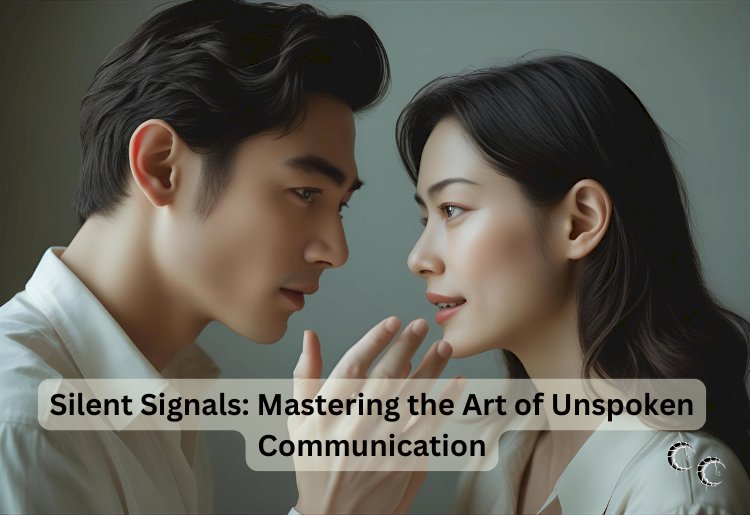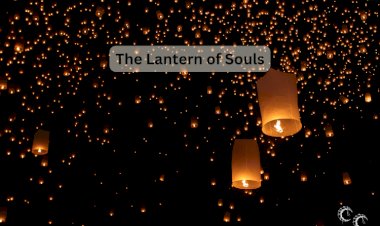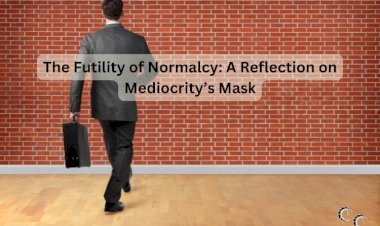Silent Signals: Mastering the Art of Unspoken Communication

In a world dominated by words, texts, and tweets, it’s easy to forget that much of our communication exists beyond what is said. Peter Drucker’s insight—“The most important thing in communication is hearing what isn’t said”—is a timeless reminder that the unspoken often carries more weight than the spoken.
The Symphony of Silence
Communication is often thought of as a transactional exchange of words. Yet, what we say is merely the tip of the iceberg. Beneath the surface lies an intricate web of nonverbal cues: body language, tone of voice, facial expressions, and even the subtle pauses between words. These elements form the “symphony of silence” that reveals more about a person’s true feelings and intentions than words ever could.
Consider the example of a friend who says, “I’m fine,” with slumped shoulders and averted eyes. The words might be positive, but their nonverbal delivery screams otherwise. Recognizing this disconnect allows you to address the underlying emotions—compassionately breaking through the barriers of unsaid truths.
The Power of Active Listening
Active listening isn’t just about hearing words; it’s about tuning into everything else. It requires focus, patience, and an open mind. By paying attention to vocal tone, gestures, and even what’s omitted, you become attuned to the unspoken narrative.
This skill isn’t just beneficial in personal relationships; it’s a game-changer in professional settings. A leader who notices an employee’s hesitation during a meeting might uncover concerns that would have otherwise gone unvoiced. Similarly, a salesperson who detects uncertainty in a client’s tone can address hidden objections before they jeopardize a deal.
The Risks of Ignoring the Unsaid
Failing to recognize unspoken communication can lead to misunderstandings and missed opportunities. Relationships can fracture under the weight of assumptions, and important insights can go unnoticed. Silence, when misinterpreted, often speaks louder than words.
Imagine a workplace where employees feel unheard because their subtle signs of dissatisfaction are ignored. The lack of recognition can snowball into disengagement, turnover, or even open conflict. The key to avoiding such pitfalls lies in cultivating an environment where silent signals are acknowledged and addressed.
Reading Between the Lines
Developing the ability to hear what isn’t said is an art that takes practice. Here are some tips to hone your skills:
-
Observe Body Language: Notice posture, gestures, and facial expressions. Are they congruent with the words being spoken?
-
Tune into Tone: A flat or shaky voice can reveal hesitation, stress, or discomfort.
-
Embrace the Pause: Silence isn’t just empty space—it can signify thoughtfulness, uncertainty, or even resistance.
-
Ask Clarifying Questions: When in doubt, gently probe to understand the unspoken. “You seem hesitant—can we explore that?” invites deeper dialogue.
-
Cultivate Empathy: Put yourself in the other person’s shoes to better interpret their signals.
The Rewards of Listening Beyond Words
When you learn to “hear” the unsaid, your relationships become richer, your connections deeper, and your understanding sharper. It’s like unlocking a secret language that transforms ordinary conversations into extraordinary ones. This skill is invaluable, whether you’re navigating personal relationships, leading a team, or closing a business deal.
Conclusion: The Unspoken Truth
Peter Drucker’s quote challenges us to rethink what communication truly means. The words we hear are important, but the messages left unspoken often carry the most profound truths. By mastering the art of hearing what isn’t said, we not only improve our interactions but also deepen our understanding of the world—and ourselves.
So the next time you find yourself in a conversation, take a moment to listen to what’s not being said. You might be surprised by what you discover in the silence.


























